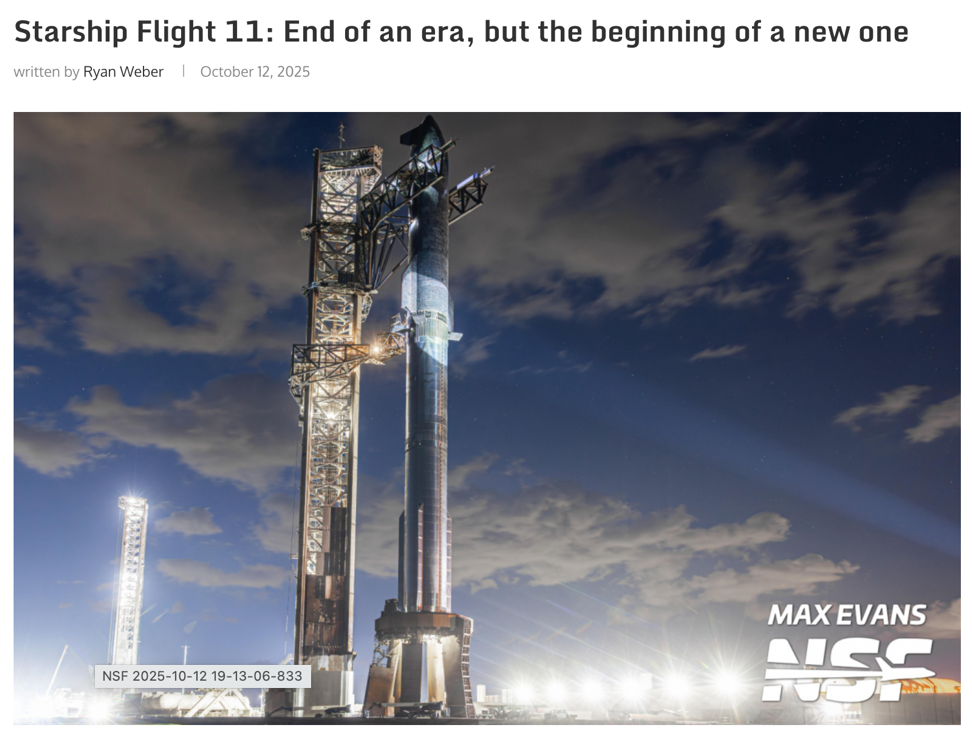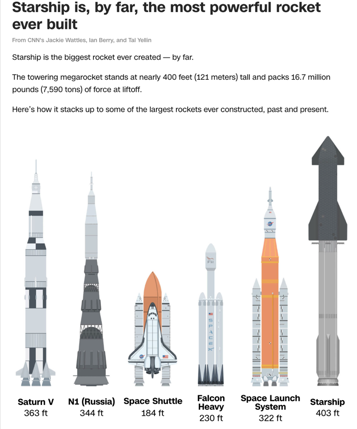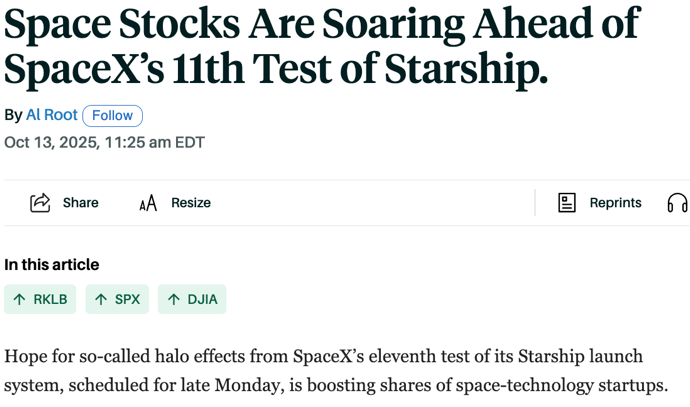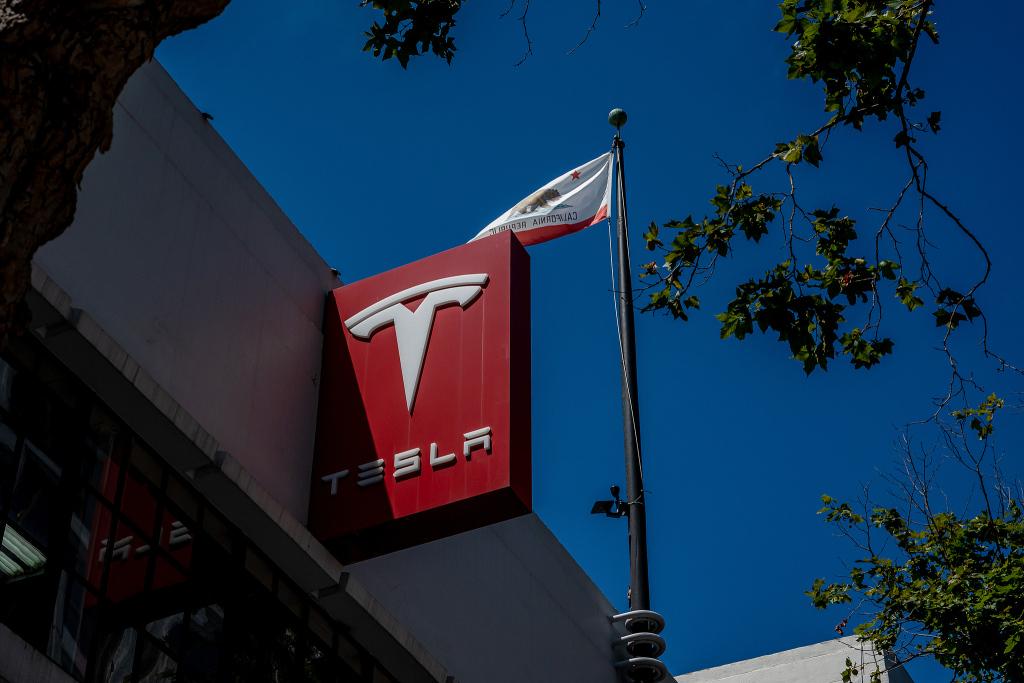
On the evening of October 13th, local time, SpaceX's next-generation heavy-lift rocket, Starship, successfully completed its 11th test flight at the Boca Chica Launch Center in Texas. The rocket separated smoothly after takeoff, rocketed out of space, and returned safely to Earth, landing precisely in the Gulf of Mexico. This achieved the Starship's "return" phase goal, completing the complete cycle from launch to controlled water landing.
For SpaceX CEO Elon Musk and the entire U.S. commercial space industry, this mission is not only a technological victory, but also marks the beginning of a new era.

The American professional aerospace website NASASpaceFlight.com described it as "Starship" 11 is the end of an era and the beginning of another.
What is "Starship"?
SpaceX's Starship is no ordinary rocket. Designed to be the world's largest, most powerful, and fully reusable space transportation system, it consists of a Super Heavy booster and a superstructure. The entire system stands 121 meters tall, with a fully loaded takeoff thrust of approximately 7,600 tons, equivalent to the power of 15 Boeing 747s taking off simultaneously. Its designed capacity to reach low-Earth orbit is 150 tons, significantly exceeding NASA's Space Launch System.
Musk's vision is to use Starship to create a low-cost, high-frequency space transportation system, from large-scale launches of Starlink satellites to sending cargo and humans to the moon and Mars, and even achieving "ultra-high-speed point-to-point transportation on Earth." He once described Starship as not a disposable rocket, but a future space plane.
To achieve this vision, SpaceX has invested over $5 billion in the Starship project. Of this, the construction of the "Starbase" in Boca Chica, Texas, cost approximately $3 billion, and the new launch facility in Florida is expected to cost another $1.8 billion. Each test flight represents a substantial investment of tens of millions of dollars in real money, earning it the nickname "burning money for the future" within the industry.
Supporters believe that once Starship becomes fully reusable, the cost of a single launch could drop to just a few million dollars, approaching the cost of a transoceanic flight on a large passenger aircraft. However, skeptics warn that this "cost-burning innovation" still carries unforeseen risks. Regardless, the Starship project has become a landmark project in the global commercial space industry, attracting the most attention.

CNN reported that the "Starship" reached a height of 121 meters and had a thrust of 7,590 tons when it was launched, making it the most powerful rocket built by humans so far.
Mission Review: From Explosion to "Returning Alive"
To date, Starship has completed 10 test flights. From early low-altitude hops to full-scale orbital flights, each step has yielded breakthroughs at various levels. Industry experts generally agree that while these 10 test flights were narrowly escaped, each flight validated various systems—propulsion, separation, thermal protection, and attitude control—and accumulated valuable data through "explosive trial and error." As Ars Technica, a leading American technology media outlet, commented, SpaceX has, through repeated failures, taken humanity higher and further.
This 11th test flight is generally regarded by the industry as the "graduation exam" of the second-generation "Starship".
This time, the Starship is equipped with an upgraded Raptor 2 engine, a lighter structure and a strengthened thermal tile system. Compared with the previous 10 times, the focus of this time is to verify the high-temperature reentry, thermal tile sealing, engine restart and payload release system.
In the past 10 test flights, the "Starship" has not been able to "come back alive" intact - either it exploded during the launch phase or disintegrated when re-entering the atmosphere. Even in the 10th test flight in June this year, although the spacecraft successfully returned to the earth and softly landed on the sea, it was still partially damaged.
This time, the Starship once again completed a complete journey from departure to return home, marking the realization of SpaceX's long-cherished "re-entry closed loop." Next, SpaceX will turn its focus to the development of the next-generation Starship 3.

CNN reported that SpaceX successfully launched the Starship and the company said it would launch the Starship 3 in the next test flight.
Breakthrough 1: Rocket reuse technology has been broken
The most direct significance of this success is that SpaceX has truly crossed the threshold of reusable heavy-lift rockets for the first time.
First, the thermal protection system withstood the extreme heat; second, the engine successfully reignited after reentry; and the booster also achieved a controlled water landing. If subsequent tests go smoothly, the Starship will be able to be recovered, refurbished, and reused in a short period of time, which will greatly reduce aviation costs. As Musk has said, future space transportation will be as frequent as current air transportation.

Space.com, a well-known American space news website, launched a live broadcast preview early
Breakthrough 2: Manned lunar landing strategy gains fulcrum
This test flight also holds symbolic significance for U.S. space strategy. International space competition is intensifying, and the successful test flight provides the White House with important "technological achievements" for the next election cycle.
In addition, Starship has been designated as the lunar module for NASA's Artemis 3 lunar mission. The successful test flight means that NASA is one step closer to achieving its goal of a manned lunar landing. The Wall Street Journal previously pointed out that the progress of Starship is directly related to the timetable for the United States to return to the moon. The successful completion of the 11th test flight has restored confidence in this plan.
Breakthrough 3: Humanity's deep space exploration capabilities have been accumulated
Each Starship test flight prepares for future deep space missions. This test flight verifies key technologies such as reentry and attitude control, and accumulates real-world flight data for future lunar resupply, Mars transportation, and even interstellar missions.
In a sense, the flight of "Starship" is also a civilization experiment - exploring whether space travel can become daily transportation.

The well-known American financial magazine Barron's reported that space stocks soared before the 11th test flight of the "Starship".
The success of Starship's 11th test flight means that Musk has fulfilled his oft-repeated promise to bring the rocket back alive. This also lays the foundation for future deep space transportation, lunar resupply, and even Mars exploration.

